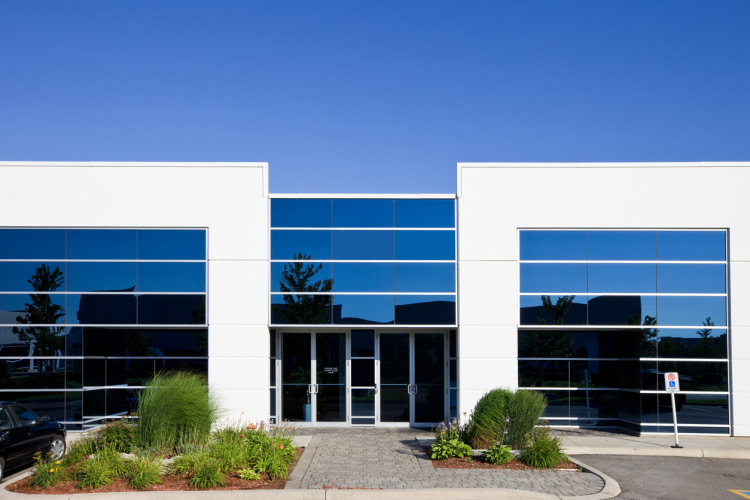
The Massachusetts Clean Energy Center (MassCEC), in partnership with Slipstream, is excited to discuss the expansion of its Building Electrification and Transformation Accelerator (BETA): Project Planning program. Small commercial buildings under 20,000 square feet are now eligible to apply, marking a significant step forward in the state’s commitment to decarbonizing buildings of all sizes.
What Is BETA: Project Planning?
BETA: Project Planning is a pilot initiative designed to accelerate the electrification and decarbonization of commercial buildings. The program provides no-cost building assessments and develops custom decarbonization plans tailored to each building’s unique characteristics. These plans help building owners chart a clear path toward eliminating fossil fuel use and achieving net-zero emissions by 2050.
What’s New?
Previously limited to buildings larger than 20,000 square feet, the program now welcomes all commercial buildings in Massachusetts. This expansion opens the door for a broader range of property owners—from small business storefronts to large office complexes—to access expert guidance and actionable resources for sustainable building upgrades. Specific to small commercial buildings, enrolled sites will receive a pre-design document owners can use to advance implementation.
What’s the Process?
Participation in the pilot’s Small Commercial track will involve these four basic steps, which are streamlined compared to the process for larger, more complex, buildings:
Step 1 – Pre-Walkthrough Data-Collection and Analysis
The pre-walkthrough stage starts with collecting preliminary facility information, including existing energy usage, so the project team can conduct energy benchmarking prior to their on-site visit. Benchmarking shows how the energy performance of your facility compares to similar small commercial buildings in Massachusetts and will support a discussion with the owner around short and long-term goals.
Step 2 – On-Site Walkthrough Energy Assessment
This in-person meeting and building tour should take between 1 and 2 hours, allowing experts to understand existing building intricacies, owner goals, and capital planning considerations. From this, the assessment team identifies key steps and implementation timelines necessary for successful decarbonization.
Step 3 – Development of Decarbonization Plan
With input from the building owner and information gathered during the on-site visit, the project team performs an energy analysis to assess proposed energy conservation measures, load reduction strategies, and options for electrifying mechanical systems and any other energy loads.
Step 4 – Completion of an Actionable Decarbonization Plan
The team meets with the owner to present the resulting decarbonization plan. The plan includes current energy use and benchmarking results, recommended upgrades, associated costs and benefits, and an implementation timeline. Importantly, the plan also includes an actionable pre-design document which the owner can share with local contractors or other professionals who will complete the detailed design, refine cost estimates, and implement the recommendations.
Apply Today!
If you are interested in BETA: Project Planning or know of anyone who may be, please share with your network and/or apply today! Applications are currently being accepted on a rolling basis.
- For more information, please see our flyer about the program and visit: masscec.com/program/beta-project-planning.
- Any additional questions? Please contact us at buildings@masscec.com.